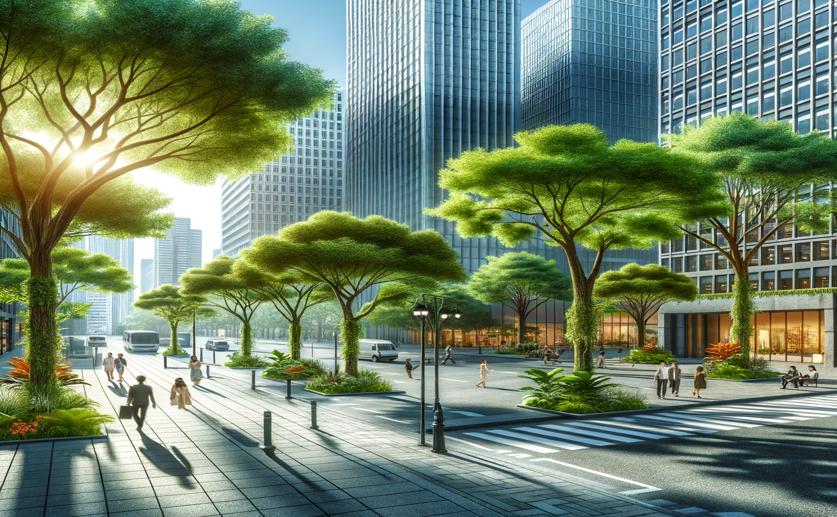
How Street Trees and Urban Plants Reduce Harmful UV Rays
Jim Crocker
28th June, 2024

Image Source: Natural Science News, 2024
Key Findings
- The study, conducted in Brisbane, shows that tree shade can reduce midday UV index (UVI) by up to 91% compared to an unobstructed sky
- Specific tree species like Pongamia pinnata and Xanthostemon chrysanthus are particularly effective in reducing UVI
- Planting and maintaining these trees can enhance UV protection and improve walkability in urban areas
EnvironmentSustainabilityPlant Science
References
Main Study
1) The mitigating effect of street trees, urban flora, and the suburban environment on seasonal peak UV indices: A case study from Brisbane, Australia.
Published 26th June, 2024
https://doi.org/10.1111/php.13988
Related Studies
2) Improving street walkability: Biometeorological assessment of artificial-partial shade structures in summer sunny conditions.
3) A Comparison of Solar Ultraviolet Radiation Exposure in Urban Canyons in Venice, Italy and Johannesburg, South Africa.
4) When to apply sunscreen: a consensus statement for Australia and New Zealand.
5) Awareness, understanding, use, and impact of the UV index: A systematic review of over two decades of international research.



 10th February, 2024 | David Palenski
10th February, 2024 | David Palenski